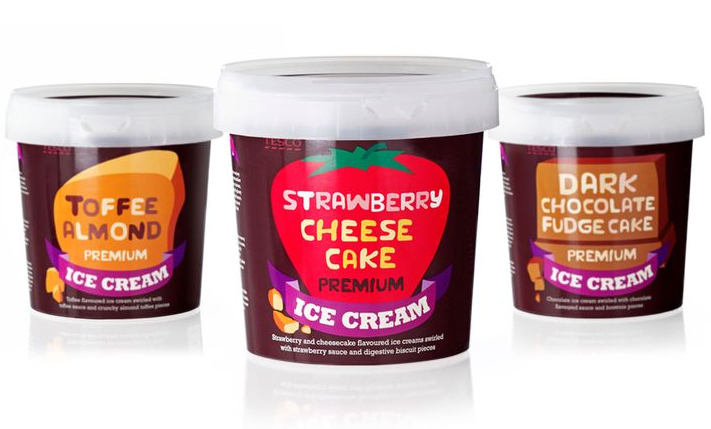The rise of private-label brands has presented difficult territory for branded consumer goods companies and their retail distribution partners for quite some time. What was once a relatively stable alliance has experienced a rather profound shift in Western Europe and, for the foreseeable future, it’s every brand for itself.
Branded consumer goods and private label have traditionally coexisted by way of segmenting the consumer population on perceptions of value. Those consumers who correlate value exclusively with price have been the rightful territory of private-label brands, whereas those consumers who use additional factors such as “performance” and “experience” have tended to lean toward branded goods.
Enter the discounters, soft carrying some branded goods (LIDL) and hard being strictly private-label (ALDI). The meteoric rise of the channel undoubtedly impacted traditional grocery formats with the mass exodus of the aforementioned price purists.
This was likely a contributing factor in mainstream private-label brands crossing over into the space traditionally occupied by branded products. Consider that Tesco, the world’s third largest grocery retailer, currently uses a four-tier private-label strategy (Tesco’s Discount, Tesco’s Value, Tesco’s Premium, and Tesco’s Finest), creating an environment in which consumers actually pay more for private-label products than some branded products cost.
“In many instances, private labels have surpassed a national brand’s capacity to deliver on visibility, consumer interest, involvement and appeal.”[i], says Meera Mullick-Kanwar in her paper The Evolution of Private-Label Branding.
Further, the once generic two-color packaging associated with private label products has been reborn. Professional packaging design shops have been brought into the fold to elevate the look and feel of private-label offerings to be more in line with their branded counterparts.
The UK Design council, in recognizing outstanding packaging design, says “…especially noteworthy is some of the own-brand work done by Boots, Asda, Superdrug and Marks & Spencer. With these retailers’ ranges, you will see the designer’s craft at its most creative.”[ii]
It could be this elevation of the private-label “experience” by traditional grocers that has caused the discounters to dramatically adjust their strategy. Gone are the days of strictly price-driven communications as discounters venture into the “emotional” and “experiential” territory that, not so long ago, was exclusively occupied by branded consumer goods. Lidl’s TV campaign illustrates this point.
Value has clearly been dimensionalized far beyond price, evidenced by an increasingly diverse consumer base now actively shopping private label. Consider that TESCO currently accounts for more than half it’s sales through private label goods and, in the UK, private label share of basket is a whopping 43%. In short, the symbiotic balance once begrudgingly enjoyed by branded goods and their private label counterparts is a thing of the past – and it’s every brand for itself.
Sainsbury’s Taste
the Difference – Parker Williams
Sainsbury’s SO Organic Range – Williams Murray Hamm
– Contributed Ian Whitney,
Integer Paris
[i] The Evolution of Private Label Branding – By Meera Mullick-Kanwar
[ii] http://www.designcouncil.org.uk/About-Design/Design-Disciplines/Packaging-design/Examples/


